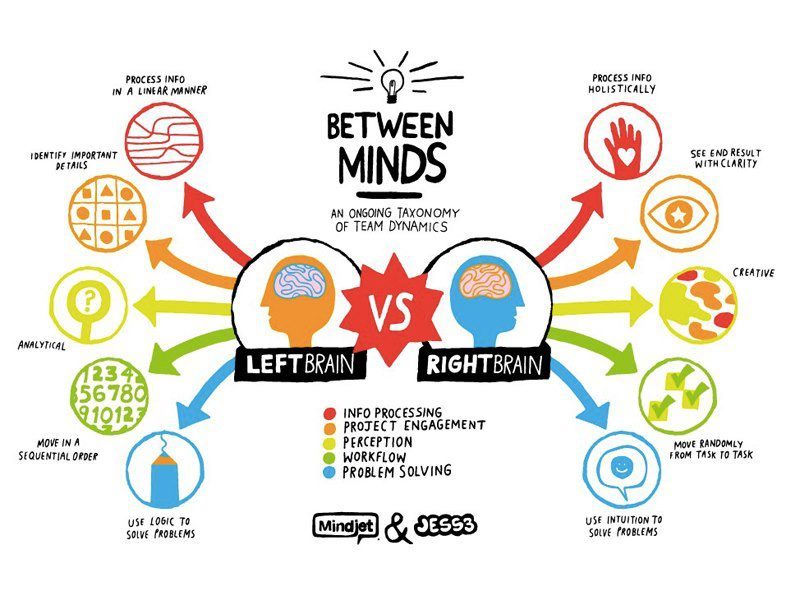I think the one confusing part of the chapter is the utilization of the right brain and the left brain. I am not quite sure I understand how you are to hone the right brain, I thought you could not have solutions without the right hemisphere, but I suppose this is something we are to practice using, but not sure I get how. The exercise to solve problems using the right hemisphere, did not quite make sense, because the book referenced it was the part for innovative thinking so how are we utilizing that side of the brain to solve?
The two questions I would ask the author(s)
1. What about the risk of creating the "creative climate" in the workplace and the possible loss of the business members that have the freedom to innovate and think entrepreneurial? How do organizations keep those people from going out on their own with their entrepreneurial ideas?
2. I read the insert regarding Faith Popcorn, I was intrigued that she could foresee the trends and based a consulting business from that foresight. I would ask her, if she has the ability to see potential opportunities, then why not create a product herself, or has she?
The only thing that seemed to stand out was that allegedly the innovator often is insensitive to others. I see the listing of the pledgers on the Giving Pledge list and I see individuals willing to give half their fortunes away for multitude of philanthropic issues. Does that not reflect they have some sensitivity to how others are treated? I believe it does.




